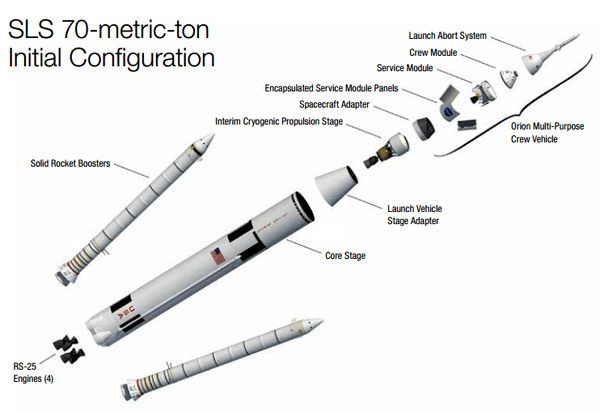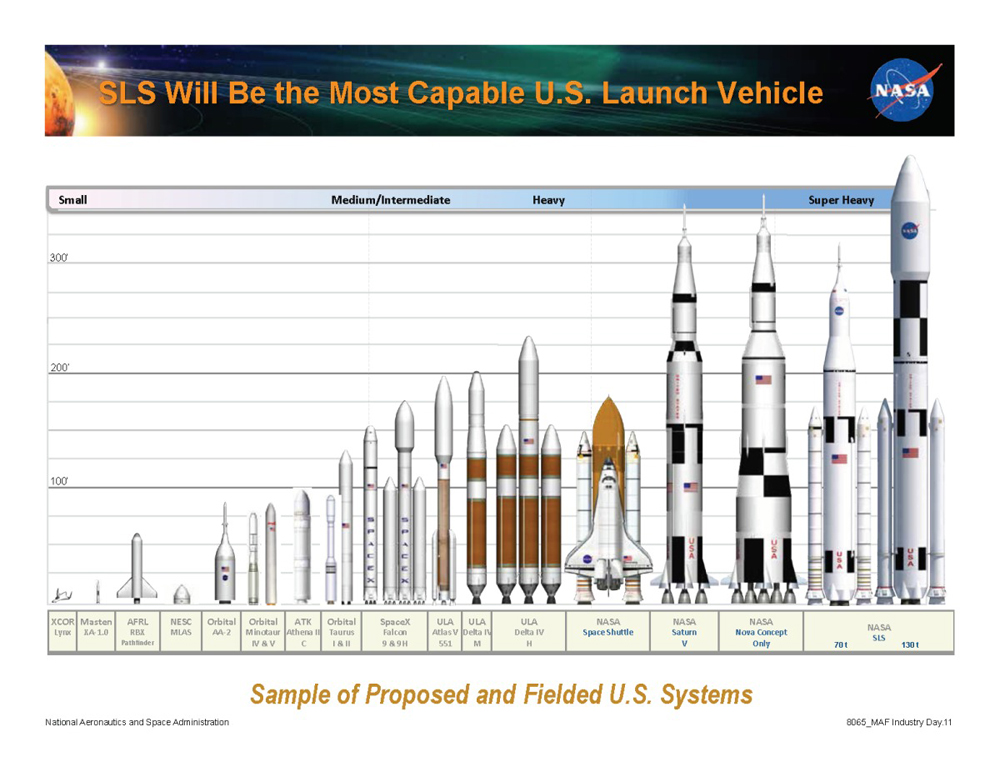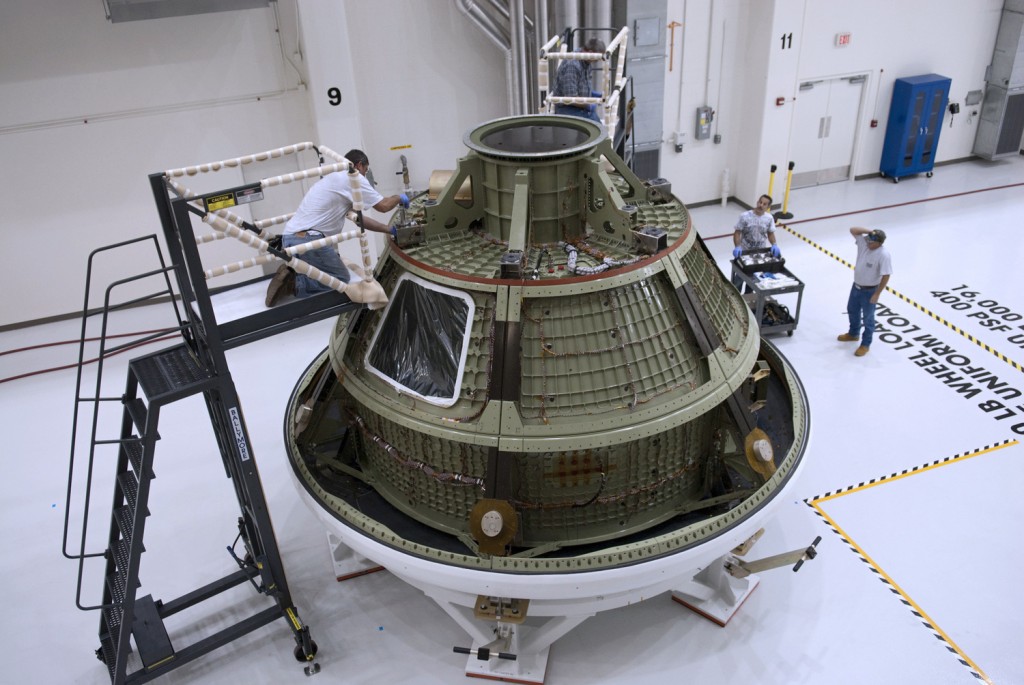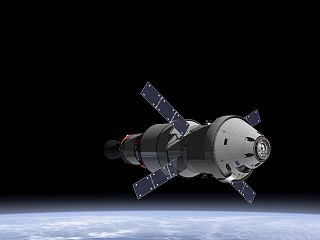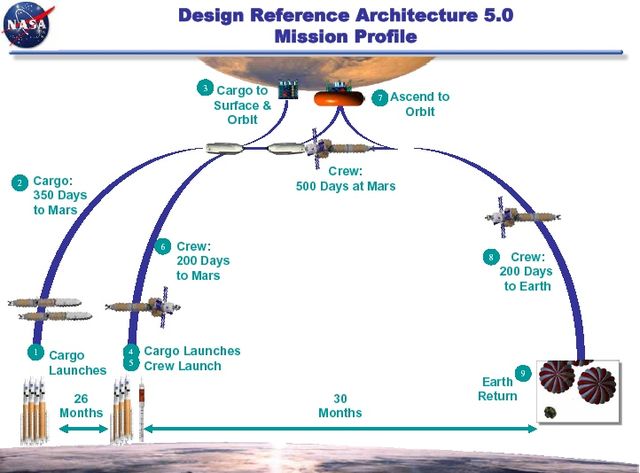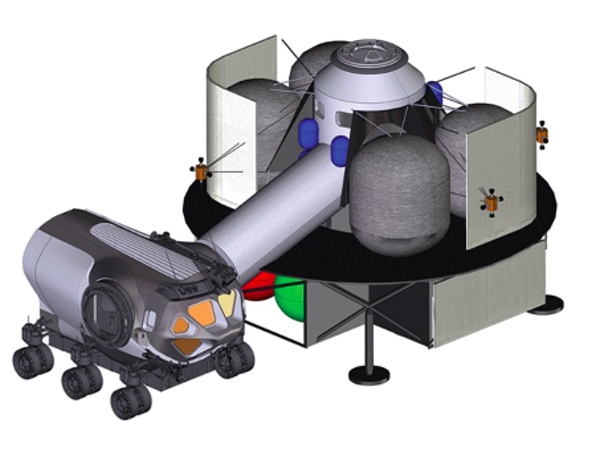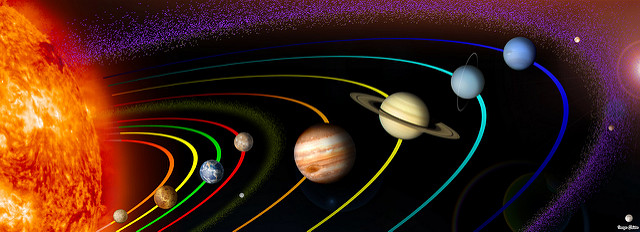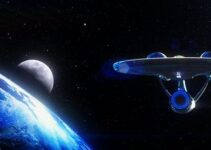To conclude the 3-part series, here’s a quick look back. First entry was targeted more towards history of space-travel, some philosophical implications, and some broad science scope. Second entry went into the social sciences with focus on the biggest barriers to space-travel and limitations. Considering the barriers, in part 3 here I discuss what I believe should be the long-term vision moving forward and so this entry will consider some of the space tech area.
NASA and other agencies know and understand the boundaries they must work within. They won’t come out and publicly state something drastic like begging politicians for extra money so they jump around the hoop, working with whatever funds are allotted. Their best bet is to take baby steps to ultimately getting humans on mars, which is what they have been doing.
Still, the question looms: how close are we to an actual Mars mission with humans? I look at the space tech (primarily the rocket technology, landing capsule, and the journey in between).
We already have the technology to land on another world -Mars- and return intact. Only thing missing is an initiative and perhaps a plan, which has been led astray by those in power the last few decades. It has been almost 45 years since humans have gone beyond Earth’s orbit, and much of what scientists/engineers learned from the Apollo missions has been lost to history. Excellence is pushing the bounds of your previous accomplishment, but that has been forgotten as manned missions beyond Earth have become stagnant.
It has been so long that youngsters who witnessed those landings back then are close to retirement now – many may be grandparents by now explaining to their young grandchildren how excited they were to watch the original moon landings. Space exploration has fallen off the map since (except with telescopes and robots!), but the excitement is starting to ramp back up as the generation after the moon landings are in their intellectual prime now -late-30’s- with a desire to bring back the excitement. I think the first 5-6 humans who will be going to Mars are currently in high-school somewhere in America (I doubt another space agency will edge out NASA in 15 years).
NASA is currently in middle of transitioning from space shuttle to revamped rocket technologies. Hopefully, things are back, and within the next 10 years we will see something great and feel giddiness not felt since the 60’s. It is only when we think forward that we begin to understand the big picture as a species.
Space Tech
Rocket Technology
NASA built the Saturn V that took us to the moon. On payload alone, it is powerful enough to take us to Mars and back. Unfortunately, Saturn V has not been used since the early 70’s, and those who built it have long since retired or passed away. It was also not very efficient and difficult/costly to manufacture. Instead of bringing back some antique inefficient rocket from 45-50 years ago and trying to figure out the minute details with the engineers who built it long out of the picture, NASA decided to go a new path with modern technology.
That new path is the Space Launch System (SLS), which is expected to be completed by 2016. It will be the most powerful rocket ever built. First mission, which is unmanned, is set for 2018 around the moon and back. Initially, it was set for 2017 but funding issues and the rocket capsule Orion delays pushed back the flight to 2018.
For lower cost than the Saturn V, the larger model of SLS has 20% greater thrust, which allows it to lift more fuel and cargo. More fuel is essential because it is needed to pick up more speed on the way to Mars. It would also be required for braking poweras they get close to Mars. Remember, they would be traveling at tremendous speeds towards Mars (Newton’s law: Objects in motion stays in motion at same velocity unless acted upon by a force of equal or greater value). They would need to provide back thrust to brake in order to smoothly enter the orbit of Mars. And of course, they would need just as much fuel to return to Earth. Estimates say it could take 7 months to travel each way.
Year 2023 looks very optimistic as NASA is considering sending 4 astronauts around the Moon, which will be the first astronauts leaving Earth orbit since 1972. Year 2026 will be another mission to land astronauts on an asteroid NASA will be capturing & placing on orbit around the moon. As you may notice, these are all indirectly smaller missions to prepare for Mars. They can do these missions earlier without so many years in between, but the funding is the limiting factor. NASA cannot spend everything on SLS because they have other missions on their timeline as well within their limited funding. Unfortunately, there are no guaranteed plans as Congress is in turmoil, and American politics has become unstable the last few years.
NASA initially wanted to pay SpaceX to build them a massive falcon heavy rocket for cheaper until Congress forced them to build own rocket rather than rely on somebody else. While it may not be the smartest option since it limits how much money is left over, I can understand why they would do it. For the last few years, we have relied on Russia to send us to space and bring us back each time after the space shuttles were retired, but Congress wants a replacement for the space shuttle. Still, a guaranteed contract with SpaceX would save a lot of money in the long run. NASA could even buy the rockets from SpaceX and be done with it. You don’t need to build your own rocket. In the end, Congress has always done what Congress has wanted. After spending billions on SLS, a future Congress could come in and cut it in mid-development (sadly, there is precedent for that from past missions).
In the graph below, there are 2 versions of SLS being built at the very end. The one on the left, called block 1, is the current rocket being developed for 2018, and the one on right, called block 2, is not developed yet. As you can see, the side boosters on the larger rocket are a bit larger so it has a bit more thrust power. There is also much more fuel.
Landing Capsule
As an addition to the rocket, a landing capsule called Orion is currently being developed to carry astronauts. This capsule will be at front of the rocket.
While it has the capability to travel to Mars and back, I doubt NASA will use it alone for the journey to Mars. It is too small for people to be packed in there for 7 months. Moon landing and perhaps landing on a gravity-bound asteroid around the moon may be on the magnitude of a few weeks maximum, but Mars would be 7 months each way so it is not realistic for Orion to be used in current format.
I expect NASA to add a few extra compartments, which they will attach together in space. These compartments, enjoined with Orion, should be sufficient to create living conditions and resources for 5-6 astronauts to be somewhat comfortable during the journey, which could take 2 years from start to finish.
The Journey
What would the actual mission look like? Assuming that SLS and Orion are completed in time, that is when things get interesting.
The landing facilities would need to be sent to mars well ahead of time because you don’t have time to waste in mars orbit waiting around for supplies to reach the ground and to do entire systems check after you reach mars. Remember, you have only certain amount of time to reach mars, do your mission and be on your way back because you don’t want to miss the time-frame when Earth and Mars are nearest each other [to save fuel]. Anyways, with the ground facilities and supplies there ahead of time, you don’t have to worry about anything leading up to the actual landing on Mars.
As for the crew, the compartments would need to be built on earth and tested for integrity and quality assurance. About two missions would be required using the SLS to get the biggest components of the rocket ship in orbit, then attach the compartments together while guiding them from Earth (same as how the International Space Station was fit together in space). The components would need to be sent barebone without fuel or supplies loaded to save weight. Luckily, you only need to do this once as the spaceship can safely ferry astronauts back-and-forth for many years.
After assembly, systems check might take some time to accomplish. While the systems checks are going, you launch a few smaller reusable SpaceX’s falcon 9 rockets loaded with supplies, food, and fuel to load up the waiting ship in orbit. Once the ship is set and depressurized, a 3rd SLS mission would send up the astronauts.
Once preparation is finished, you set course for Mars – not directly at Mars but where Mars is going to be in 7 months (as you know, Mars is moving at same time as Earth so you must account for that).
Once you reach mars orbit, you shift over to the ground lander called Mars Ascent Vehicle (MAV). Land, do the work, collect data, and blast your way back to orbit using rocket that was sent ahead of time. Return trip and the rest is history.
Image below by NASA shows the ground lander on the right side and the vehicle on the left:
Of course, this doesn’t consider any potential errors or human mistakes along the way. The monetary cost must be considered as well. In idea and concept, it is not too complex of a mission. It is the preparation that is the toughest. However, it may be quite different in practice.
Vision Moving Forward
Perhaps the most important thing to do before the actual journey is cutting down on the cost per launch. It used to cost $10,000 to put 1 pound payload into space, it will be down to $~2500 now thanks to SpaceX.
SpaceX has been working on that goal for some time now. They successfully launched and landed a reusable rocket just couple months ago. At one point, 1 single rocket launch used to cost approximately $400 million per launch, and the rockets were not reusable. SpaceX’s rocket does it all for $90 million per launch while being fully reusable. As the costs go down, NASA will be able to focus on other avenues while they contract out the smaller rockets to SpaceX to continually drive down the overall cost.
The vision should be for NASA to work alongside space companies like SpaceX to bring together the best minds with cost effective ideas. Main advantage SpaceX has is it is not limited by politics, and the actual head scientists have control over how money is allotted. Main advantage NASA has is many decades of experience and ability of not being limited by low profit margin on long-term missions (goal is not to grow profit margin for investors as NASA is publicly funded). In a perfect world, NASA would be the brains and SpaceX the arms of the operation.
Another aspect of vision to consider is perhaps NASA should focus more on sending satellites and land probes/rovers to planets and moons deemed most able to develop life. We need to gather as much data as possible. In the short run, it is the most cost effective option. As results return, it can and should get everyone more and more interested in science over time while NASA continues to fund sources like Jet Propulsion Lab to continue putting together a plan to get humans on mars. As interest in STEM ramps up, funding will have nowhere to go but up. What is currently happening is NASA has been spending so much on the SLS that other missions are being constricted. This is why they should have paid SpaceX to build the rocket, and NASA could have focused on the science itself. Instead, NASA is being forced by Congress to allot resources for designing, building, and testing the SLS rocket all without increasing the fund to account for it.
Beyond Mars
What should be done beyond Mars?
First, we need to gather as much knowledge of our solar system as possible, which has not been performed to adequacy thus far. We should have sent satellites to orbit each and every planet/moon in our solar system over past 2 decades to gather all the data we can get. We should be sending rovers to a few moons around Jupiter/Saturn that we feel are potentially promising candidates for life (bacterial life mainly). That has not been done, but should be done.
It is clear that NASA has been run into the ground over the past few decades without proper leadership in Congress and elsewhere going back to the 1980’s. There were a few great accomplishments in that time, including Hubble telescope, Mars rovers, space shuttle launches, international space station completion, and couple minor missions. Otherwise it’s been downhill since the 60’s and 70’s. The vision, the leadership, the planning has clearly been lacking.
Next, we need to create an automated robotic station either on the moon or Earth orbit to send out missions to different areas of those worlds without the costly limitation being Earth’s gravity. We also need a more permanent station larger than the International Space Station around Earth so more research can be done. The ISS is set to be retired in 2024 so hopefully the next one will be more efficient and perhaps bigger.
In the meantime, we should continue preparing for Mars manned mission. There would be no rush to get humans on Mars if we do the other things in the meanwhile, which don’t require as many funds or resources as say landing humans on mars would require. There is, of course, the danger that if we keep putting it off, we may never reach Mars. We may keep pushing it back further and further, and our complacency will lead us to eventually quit manned space exploration altogether. Famous astrophysicist from Princeton University J. Richard Gott initially put forth this very idea in 1999, which I came across. He says:
“The manned space program is thirty-eight years old, so it’s been around only a short time,” he said. “Things that haven’t been around a very long time are not likely to be around very long in the future. So there’s a real danger that we will quit it, as the Chinese did in the fifteenth century. They explored Africa, came back with a giraffe that everybody wondered at, and then they just quit. The period of great Egyptian pyramid-building lasted about a century from the first to the biggest; then there was a long, slow decline during which the Egyptians built crummy ones. So there’s a danger that we’ll end up stuck on the earth—that if we wait too long we may have a population that’s too small to respond to an emergency or to do space colonization.”
-J. Richard Gott III
We are in this very danger at this moment. No human has left Earth orbit in almost 45 years, and there is no concrete plan to do so. If we don’t get our acts together now, we may not reach Mars for a very long time. The biggest nightmare scenario would be if some sort of emergency befalls us on Earth, such as a global pandemic or nuclear war or supervolcano or an asteroid, then all bets are off the table.
I believe our future and destiny lies not down here but up there. The great veil curtains of space have parted ways, and the show must go on, driven by the captains at the wheel – humans!
- My Favorite Books - February 7, 2024
- Review of Carl Sagan’s The Demon-Haunted World - January 31, 2024
- The 75 Greatest Films of All Time - December 22, 2023

